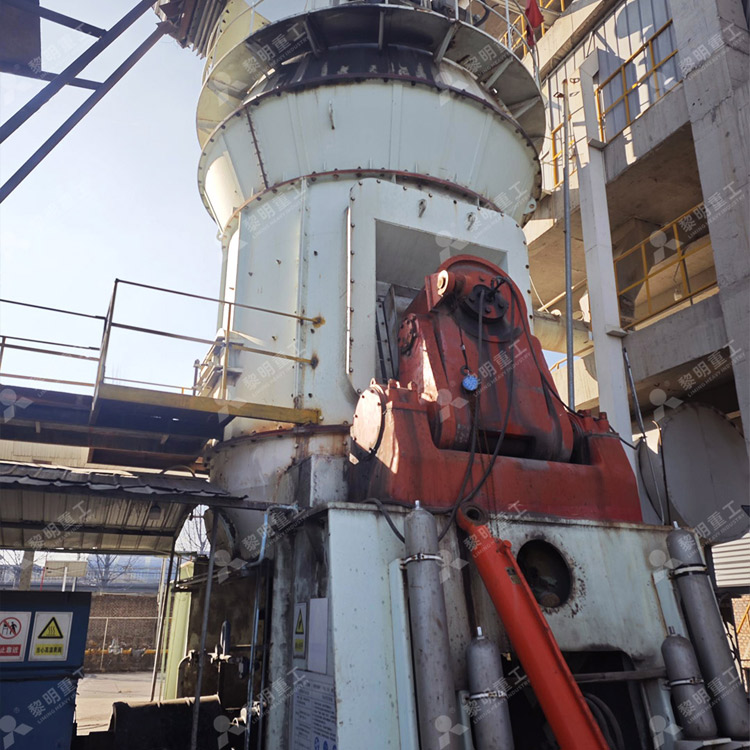In the cement industry, the integration of advanced grinding technology is critical for enhancing production efficiency, product quality, and sustainability. One such innovation is the use of Vertical Roller Mills (VRMs) as a complementary component to cement kilns. This combination not only streamlines the production process but also offers significant operational, economic, and environmental benefits.

1. Enhanced Grinding Efficiency
Vertical roller mills are specifically designed to handle raw materials like limestone, clay, and other additives used in cement production. When paired with a cement kiln, LM Series vertical mill can efficiently grind these materials into fine powders, which are essential for the clinker production process. The high grinding efficiency of VRMs reduces energy consumption, leading to lower operational costs and improved sustainability.
2. Consistent Product Quality
The precision of VRMs ensures a uniform particle size distribution, which is crucial for the consistent quality of cement. Uniform particles improve the efficiency of the kiln's thermal processes, resulting in higher-quality clinker and, ultimately, better cement performance.
3. Reduced Environmental Impact
Modern VRMs are equipped with advanced dust collection systems that minimize particulate emissions. This is particularly important in cement production, where dust control is a major environmental concern. Additionally, VRMs consume less energy compared to traditional ball mills, contributing to a lower carbon footprint.
4. Operational Flexibility
VRMs offer exceptional flexibility in processing various types of raw materials, including those with varying hardness and moisture content. This adaptability ensures that cement kilns can operate efficiently under diverse conditions, reducing downtime and maintenance costs.
5. Long-Term Cost Savings
Although the initial investment in a VRM system may be higher, the long-term benefits far outweigh the costs. Reduced energy consumption, lower maintenance requirements, and extended equipment lifespan contribute to significant cost savings over time.
FAQs
Q1: What types of materials can VRMs process in cement production?
A1: VRMs are capable of processing a wide range of materials, including limestone, clay, shale, and other additives used in cement production. They are particularly effective for grinding raw materials into fine powders.
Q2: How do vertical mill contribute to environmental sustainability?
A2: VRMs are equipped with advanced dust collection systems that minimize particulate emissions. Additionally, their energy-efficient design reduces overall power consumption, contributing to a lower carbon footprint.
Q3: What are the maintenance requirements for VRMs in cement production?
A3: VRMs are designed for durability and require relatively low maintenance. Regular inspections and timely replacement of wear parts, such as grinding rollers and liners, are sufficient to ensure optimal performance.
Q4: Can VRMs be integrated into existing cement kiln systems?
A4: Yes, VRMs can be seamlessly integrated into existing systems. Their modular design allows for easy installation and adaptation to current production lines.
Q5: What is the typical lifespan of a VRM in cement production?
A5: With proper maintenance, VRMs can operate efficiently for 20-25 years or more, depending on the intensity of use and the abrasiveness of the materials processed.
In conclusion, the integration of vertical roller mills with cement kilns represents a forward-thinking approach to optimizing cement production. By leveraging the efficiency, consistency, and environmental benefits of VRMs, operators can achieve a more sustainable and profitable operation. As the industry continues to evolve, adopting such advanced technologies will be key to staying competitive in the global market.





